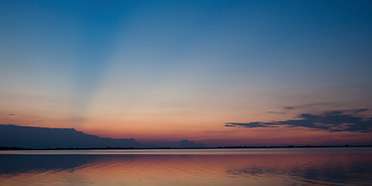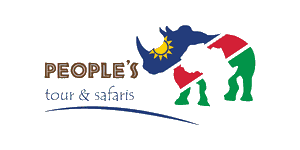
Safari Tours to Zambezi Region
-

13-Day Discover Namibia's North - Wetlands & Big 5 Safari
$4,137 to $4,551 pp (USD)
Namibia: Self-drive
Mid-range Lodge & Guest HouseYou Visit: Windhoek (Start), Etosha NP, Eastern Etosha NP, Onguma GR, Kavango Region, Zambezi Region, Grootfontein (Town), Windhoek (End)

Viatu
5.0/5 – 64 Reviews
-
![11-Day Amazing Northern Luxury Self Drive Safari]()
11-Day Amazing Northern Luxury Self Drive Safari
$4,987 to $5,840 pp (USD)
Namibia: Self-driveLuxuryLodge
You Visit: Windhoek (Start), Okonjima NR, Eastern Etosha NP, Kavango Region, Okavango River, Mudumu NP (Zambezi Region), Zambezi Region, Hosea Kutako Airport (End)

People Tours And Safari
4.8/5 – 72 Reviews
-
![12-Day Namibia, Chobe & Victoria Falls]()
12-Day Namibia, Chobe & Victoria Falls
$5,986 to $6,585 pp (USD)
Botswana, Namibia & Zimbabwe: Self-driveLuxuryLodge
You Visit: Windhoek (Start), Okonjima NR, Eastern Etosha NP, Etosha NP, Zambezi Region, Chobe NP, Victoria Falls, Victoria Falls Airport (End)

Wayfairer Travel
4.8/5 – 172 Reviews

 Namibia Parks
Namibia Parks











